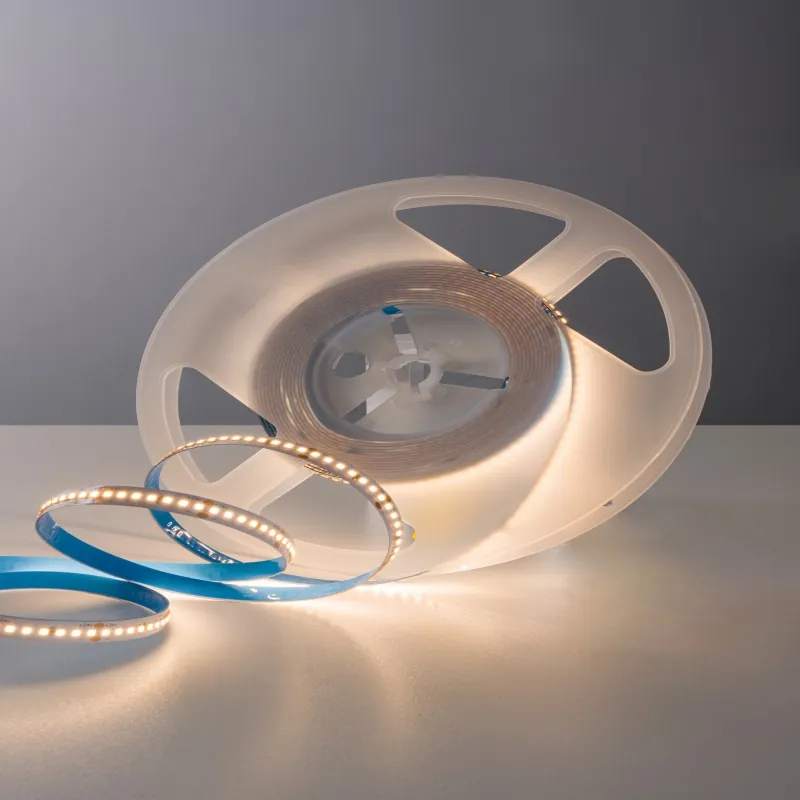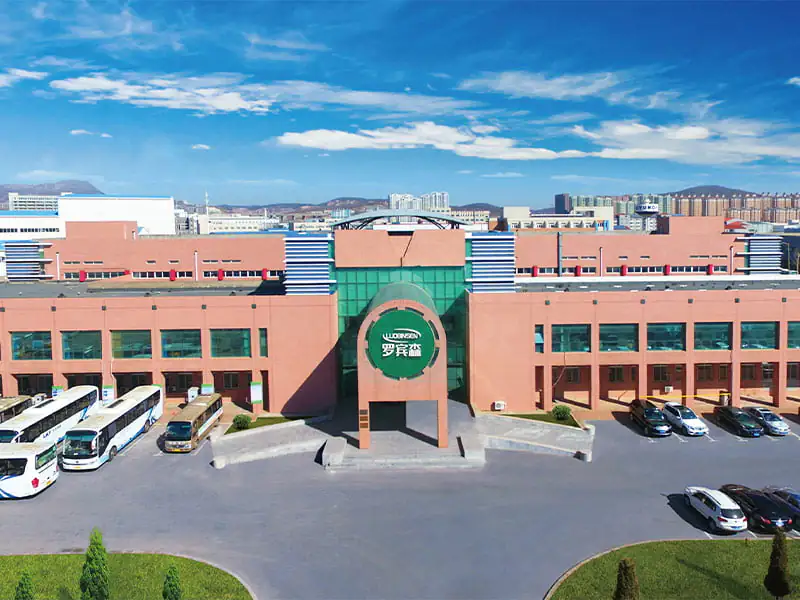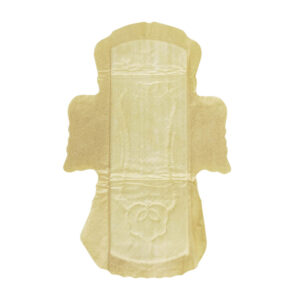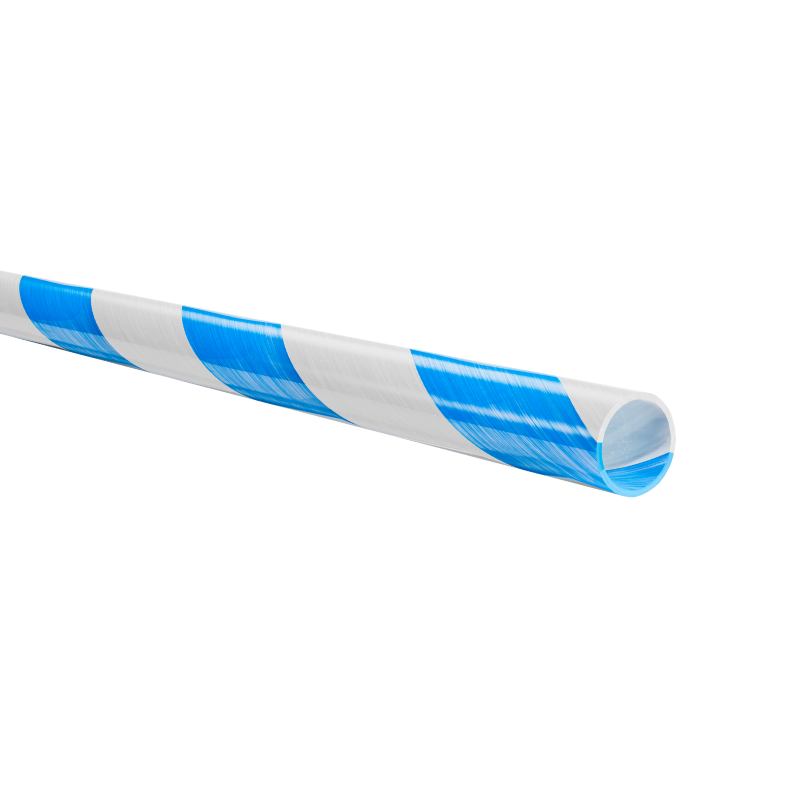In modern commercial and residential projects, choosing the right lighting technology can significantly affect both installation efficiency and operational costs. Aiyu has been focusing on providing high-quality LED strip lights low voltage that cater to large-scale applications. Their products are designed to combine safety, efficiency, and durability, making them ideal for architects, contractors, and designers seeking reliable lighting solutions.
Reduced Energy Consumption and Operational Costs
One of the main advantages of using LED strip lights low voltage in expansive projects is their energy efficiency. Compared to traditional lighting, low-voltage LEDs require less power to deliver the same brightness, which can lead to considerable savings over time. Aiyu offers products like the AY2022-252D-24V-8MM-IP20 CRI90 single color strip, which provides stable 24V voltage and high brightness. This ensures uniform lighting and eliminates dark areas, minimizing the need for additional fixtures and reducing energy consumption across large installations.
Durability and Superior Visual Experience
Durability and visual quality are equally important in large projects. The AY2022-252D-24V-8MM-IP20 CRI90 single color strips from Aiyu feature tightly arranged LED beads that are protected from dust and wear, extending service life. High color rendering ensures a realistic and appealing visual effect, enhancing the ambiance and functionality of spaces. This combination of longevity and quality reduces maintenance costs and replacement frequency, delivering additional cost benefits over the life cycle of the installation.
In conclusion, integrating Aiyu’s low-voltage LED technology into large-scale projects provides a balanced solution that improves energy efficiency, ensures safety, and reduces long-term operational expenses. Their products demonstrate that investing in high-quality LED strip lights low voltage not only enhances lighting performance but also offers measurable financial advantages for businesses managing large installations.









